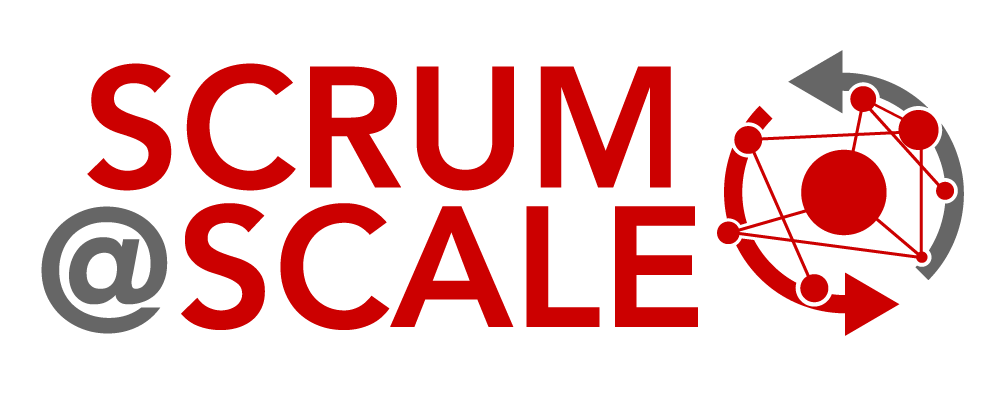Scrum@Scale Case Study
Scaling Scrum Inside Insure-Tech
In this Scrum@Scale case study, Simon explains how Scrum and key Scrum@Scale concepts were used to “rescue” a failing product and increase overall organization communication.
CASE STUDY SNAPSHOT
Trainer: Simon Roberts
Industry: Information Technology and Security
Organization Size: Large
Topics: Delivery and Velocity, Executive Action Team (EAT), Executive MetaScrum (EMS), Leadership Participation
Website: https://www.linkedin.com/in/scrumcoach/
Summary
Simon Roberts is a Management Consultant, Agile and Lean Coach based in the UK. In this Scrum@Scale case study, Simon was asked to help a major European telecommunications company in a large scale Scrum transformation. Simon explains how Scrum and key Scrum@Scale concepts were used to “rescue” a failing product and increase overall organization communication.
The initial situation included issues such as long time-to-market, low customer satisfaction, and poor performance and reliability of the product. Because of this sluggish output, customers were not satisfied, and retention rates fell off with 1-2-star app ratings.
Internally, there was also low team morale and conflict. Development was carried out by teams who were responsible for different layers of the technical architecture. Did someone say, “disconnect”?
This development business unit was chosen to undergo a transformation using Scrum@Scale. They were responsible for a cloud-based personal storage product. When we arrived, the main thing it was storing was failure.
Enter the cavalry, a.k.a. use of key components of the Scrum@Scale framework, created by Dr. Jeff Sutherland. The first step was to create multiple cross-functional teams, each with their own development team, Product Owner, and Scrum Master.
In addition, a MetaScrum was formed consisting of a Chief Product Owner, team Product Owners, and the all-important stakeholders, who were asked to participate in ongoing check-ins. The MetaScrum created a single consolidated product backlog, which was key for having teams talk to each other. Cross-team communication wins the day!
An Executive Action Team (EAT) coordinated the overall approach for introducing this Agile Transformation and helped to remove impediments. In the Scrum@Scale Guide, the Executive Action Team (EAT) fulfills the Scrum Master role for the entire organization. This leadership team creates and owns the Agile ecosystem, implements the Scrum values, and assures that Scrum roles are created and supported.
In Simon’s case study, getting support from senior management was (and is, usually) absolutely crucial. Some of the senior managers remain skeptical, but the few who became agile champions are working on steps to move this practice into other business units.



